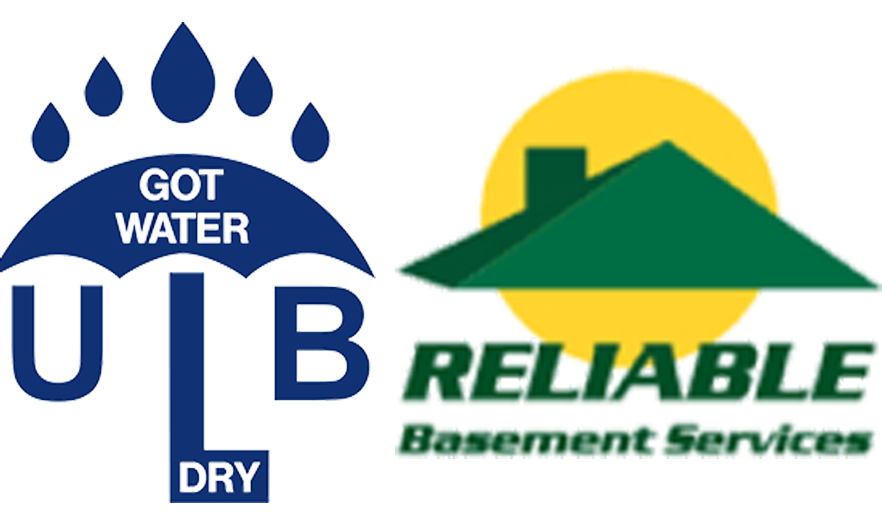
Basements exist underground, and the ground is the depository for any and all rainfall. As such, basements are constantly vulnerable to taking on moisture.
Fortunately, there are methods and strategies available to help keep basements dry. Curious as to what they are? Then read below. These are five tips for effective basement waterproofing in Evanston.
1. Install a Sump Pump
One of the primary keys to waterproofing a basement is to install a sump pump. Sump pumps operate by pumping out groundwater once it has reached unacceptable levels. In doing so, they reduce hydrostatic pressure on the outside of their corresponding basements, limiting the risk of foundation cracking and keeping flooding to a minimum.
Sump pumps work in tandem with sump pits. Sump pits are essentially holes that have been dug in the ground, generally in the basement of the home. Sometimes connected to drain tile, they make it possible for groundwater to be filtered away from the home.
If you’re looking to install a sump pump or a sump pit, it’s recommended that you call a professional basement waterproofing company. These companies will have all the tools and resources needed to facilitate the project.
2. Install Drain Tiles
If you want the most functional basement waterproofing system possible, you’ll want to install drain tiles. Drain tiles are installed around the foundations of homes. They collect water and then filter it out into the homes’ corresponding yards.
As was noted above, drain tiles often work in tandem with sump pits. Note, however, that whether they’re used solo or in tandem, they can be highly effective in reducing hydrostatic pressure. What happens when you reduce hydrostatic pressure? You keep the risk of flooding to a minimum.
3. Install a Basement Waterproofing Membrane
Over time, as a foundation is subject to hydrostatic pressure, it can develop cracks. Unfortunately, these cracks become a welcome avenue for groundwater, allowing it to flow freely into the adjacent basement. As such, it’s important that any foundation cracks are identified and repaired in a timely manner.
That said, there is a way to delay the formation of foundation cracks. The answer is to install a basement waterproofing membrane. These membranes are applied directly to the interiors of basement walls, covering foundation cracks and preventing the flow of water entirely.
A basement waterproofing membrane will generally last around 10 years. That’s a decade during which you’ll never have to repair a foundation crack, saving you substantial amounts of time and effort.
4. Install Downspout Extensions
Your roof’s drainage system is key to waterproofing your basement. Your gutters and downspouts, in particular, are vital in preventing rainwater from pooling around your foundation.
One thing to note here is that these entities alone are not always enough. In some cases, downspouts empty too close to the foundation, allowing the water to pool up against the house. Fortunately, there’s a fix for this. All you have to do is install downspout extensions.
Downspout extensions will add length to your downspouts, thereby allowing them to empty water 5 or 6 feet away from your home’s foundation. The result? Less foundational deterioration and a reduced risk of flooding.
In Need of Basement Waterproofing in Evanston?
There they are: our four tips for basement waterproofing in Evanston. Looking to implement any of these tips? In need of a basement waterproofing company in Evanston? If so, ULB-DRY Waterproofing is the company to call.
We are experts when it comes to basement waterproofing, having waterproofed countless basements throughout the Evanston area. Whether you would like to install a sump pump, drain tile, downspout extensions, or otherwise, our team can accommodate you.
Contact us today to discuss your needs!





